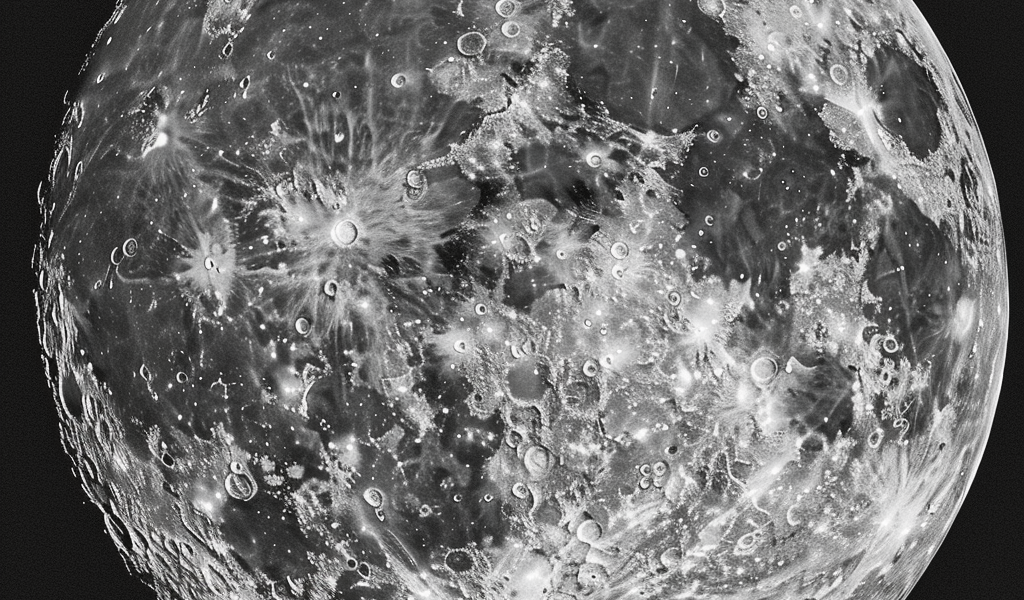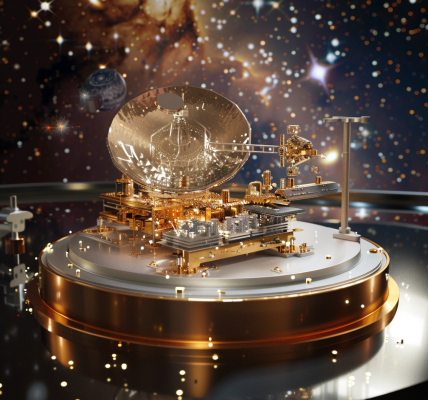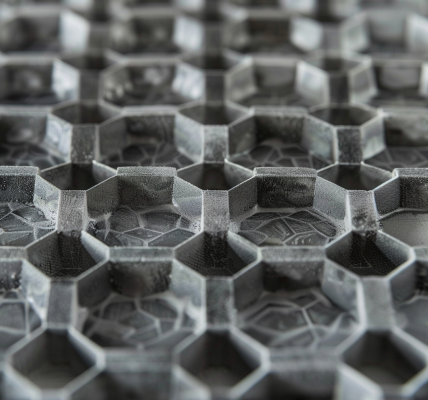US space agency NASA regularly shares stunning images of our universe, leaving space lovers mesmerized. The social media handle of the National Aeronautics and Space Administration (NASA) is a treasure trove for those who love to watch educational videos and fascinating images showcasing Earth and space. Now, in its recent post, the space agency shared one of the most detailed pictures of the far side of the Moon.
According to NASA, the photo is a mosaic of thousands of different lunar farside images taken by the agency’s Lunar Reconnaissance Orbiter (LRO). The image shows the round, grey disc of the Moon, pockmarked with craters of all sizes.
The same side of the Moon always faces us because the Moon is tidally locked to our planet. That means the Moon’s orbital period is the same duration as its spin around its axis. It takes a whole month on Earth for the Moon to turn once,





